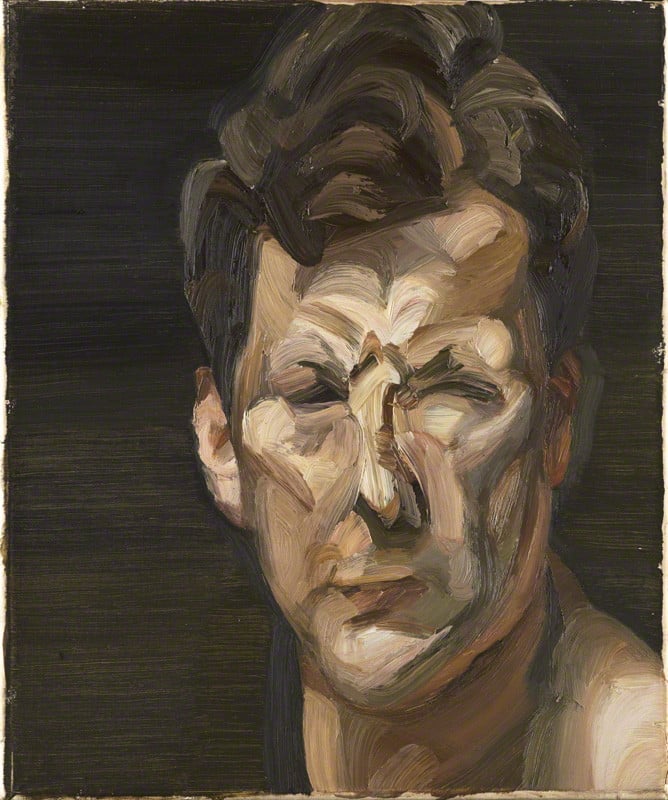Royal Academy of Arts, London
See more than 50 paintings, prints and drawings in which this modern master of British art turns his unflinching eye firmly on himself: Lucian Freud’s self-portraits in one extraordinary exhibition.
One of the most celebrated portraitists of our time, Lucian Freud is also one of very few 20th century artists who portrayed themselves with such consistency.
Spanning nearly seven decades, his self-portraits give a fascinating insight into both his psyche and his development as a painter – from his earliest portrait, painted in 1939, to his final one executed 64 years later. They trace the fascinating evolution from the linear graphic works of his early career to the fleshier, painterly style he became synonymous with.
When seen together, his portraits represent an engrossing study into the process of ageing. Confronting his self-image anew with each work, he depicted himself in youth as the Greek hero Acteon, in sombre reflection later in life and fittingly, for the great painter of 20th century nudes, naked aged 71 but for a pair of unlaced boots.
When asked if he was a good model for himself Freud replied, “No, I don’t accept the information that I get when I look at myself, that’s where the trouble starts”. It is precisely this “trouble” that makes Freud’s self-portraits so intensely compelling – and makes this an unmissable chance to see a life’s work in one show.
![Image result for Lucian Freud: The Self-portraits]()
![Image result for Lucian Freud: The Self-portraits]()
![Image result for Lucian Freud: The Self-portraits]()
More images
Exhibition organised by the Royal Academy of Arts, London in collaboration with the Museum of Fine Arts, Boston
27 October 2019 — 26 January 2020
See more than 50 paintings, prints and drawings in which this modern master of British art turns his unflinching eye firmly on himself: Lucian Freud’s self-portraits in one extraordinary exhibition.
One of the most celebrated portraitists of our time, Lucian Freud is also one of very few 20th century artists who portrayed themselves with such consistency.
Spanning nearly seven decades, his self-portraits give a fascinating insight into both his psyche and his development as a painter – from his earliest portrait, painted in 1939, to his final one executed 64 years later. They trace the fascinating evolution from the linear graphic works of his early career to the fleshier, painterly style he became synonymous with.
When seen together, his portraits represent an engrossing study into the process of ageing. Confronting his self-image anew with each work, he depicted himself in youth as the Greek hero Acteon, in sombre reflection later in life and fittingly, for the great painter of 20th century nudes, naked aged 71 but for a pair of unlaced boots.
When asked if he was a good model for himself Freud replied, “No, I don’t accept the information that I get when I look at myself, that’s where the trouble starts”. It is precisely this “trouble” that makes Freud’s self-portraits so intensely compelling – and makes this an unmissable chance to see a life’s work in one show.



More images
Exhibition organised by the Royal Academy of Arts, London in collaboration with the Museum of Fine Arts, Boston